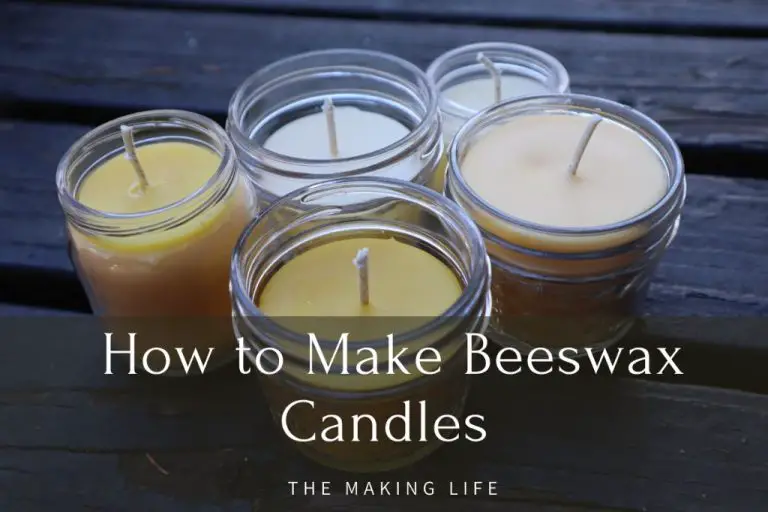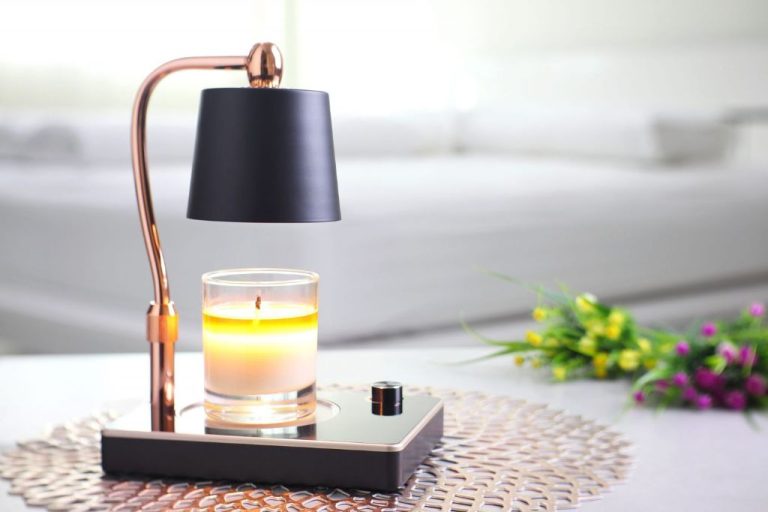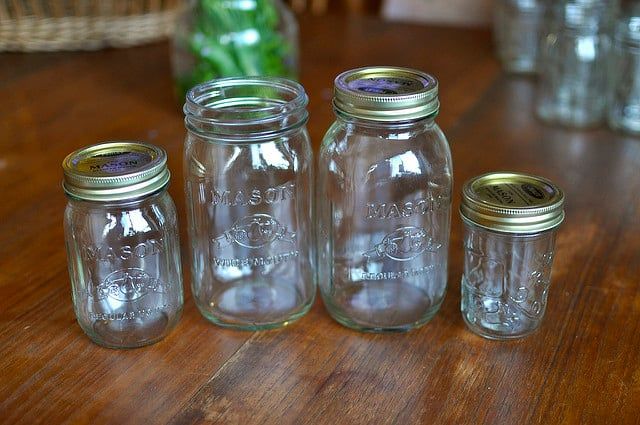Is It Safe To Put Out A Candle With Your Fingers?
Dangers of Putting Fingers in Open Flames
Putting your fingers into an open candle flame carries risks of burns and injury. The
flame itself can reach temperatures of up to 1,400°C, which is hot enough to cause
instant burns if contact is made (source). Even brief contact with the flame can lead to painful blisters and potential infection if the wound is not properly treated.
Additionally, the pool of melted wax around the wick may be over 60°C. If wax splashes onto the fingers during the extinguishing process, it can adhere to the skin and cause mild to severe burns depending on the amount (source). These burns are often deeper than they appear initially and require first aid. Plunging fingers into the hot wax also raises the risk of burns.
Safety should always be the top priority when handling open flames. While it is possible to put out candles with your fingers, it does pose a danger of burns that must be carefully managed.
Safety Precautions When Extinguishing Candles
When it comes to putting out candle flames, you want to take precautions to avoid burns or accidentally spreading the fire. Blowing out a candle can send embers and smoke blowing into the air which could ignite other flammable materials nearby. For this reason, it’s not recommended to blow out candles unless you take other safety measures such as having a lid or snuffer ready to cover the wick immediately after blowing it out.
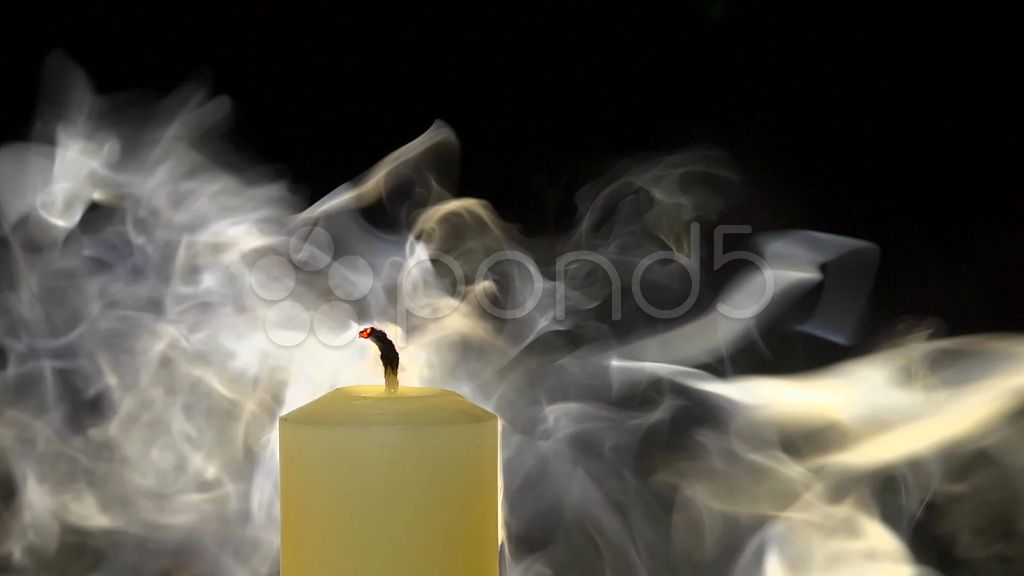
Using your fingers to pinch the wick of a candle to extinguish it can also be dangerous and lead to burns. The flame heats the tip of the wick to very high temperatures, so touching it directly risks a painful burn. However, some techniques like quickly pinching the wick between two wet fingers can be done safely. The key is being careful, using caution, and keeping fingers moving to avoid prolonged contact with the hot wick.
It’s generally safer to use a tool like a snuffer when available. Snuffers are designed to envelop the wick and flame entirely so they can beput out without blowing smoke around or risking finger burns. If using your fingers, make sure they are wet and go in quick, pinching the wick between two fingers and removing them quickly. Do not hold the wick between fingers after the flame is out. Avoid using fingers if the candle wax itself is very hot. And never use fingers on large candles or torches where the flame and heat are much greater.
With the right precautions, both blowing and using fingers can be done safely. But having a snuffer or lid ready is the best way to avoid burns or accidents when extinguishing candles.
Proper Technique for Using Fingers
When using your fingers to extinguish a candle, it is crucial to use the proper technique to avoid getting burned. The key is to quickly pinch the wick between your thumb and forefinger to snuff out the flame. According to WikiHow, you should “Quickly grab the wick and then let go. This should put out your flame.”
It is important not to slowly push your fingers into the hot wax or hold them in the flame. The quick pinching motion is safer because your fingers are only exposed to the flame for a fraction of a second. This minimizes the heat transfer to your skin. If you slowly push your finger into the wax or hold it in the flame, the prolonged exposure drastically increases the risk of burns.
Reddit users also advise using a quick pinching motion on the wick rather than touching the flame itself. As one commenter on Reddit explains, “If you can quickly and completely cover the bottom of the flame, you can put it out without burning your fingers.”
So in summary, the proper technique is to quickly pinch the wick between your fingers, avoiding contact with the hot wax or prolonged exposure to the flame. This quick motion helps safely extinguish the candle with minimal risk of injury to your fingers.
Factors that Increase Risk of Injury
When extinguishing a candle flame with your fingers, several factors can increase the risk of getting burned:
Thicker candle wax retains more heat and can cause more serious burns if you put your fingers into the melted wax surrounding the flame. Large pillar candles and wide container candles present higher risk than slim taper candles (Source: https://www.wikihow.com/Put-Out-a-Candle-with-Your-Fingers).
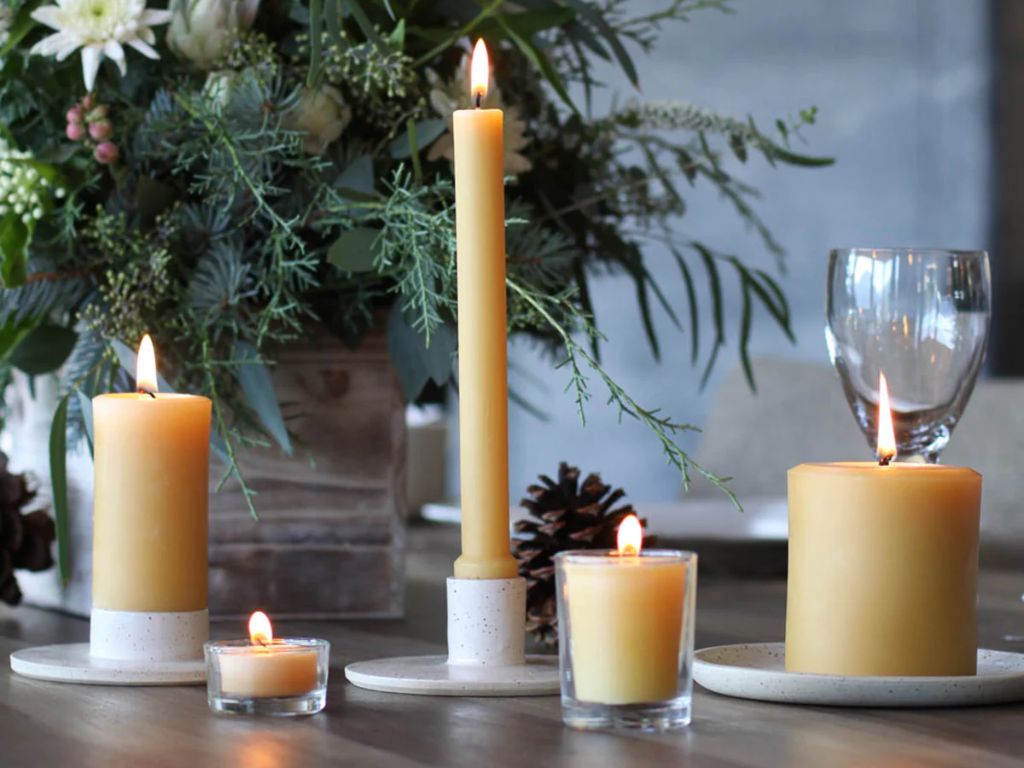
Larger flame size also makes burns more likely, as there is more flame and heat to transfer to your fingers. Tall, robust flames should be avoided, while shorter, weaker flames present less risk (Source: https://www.quora.com/Why-is-it-that-if-we-wet-our-fingers-before-putting-out-a-candle-we-dont-get-burned-but-if-we-grab-a-hot-pan-out-of-the-oven-with-a-wet-oven-mitt-we-get-burned).
Finger moisture also plays a role. Dry fingers are more prone to burns and pain. Lightly moistening your fingertips with water or saliva before pinching the flame can provide protection from the heat (Source: https://www.reddit.com/r/explainlikeimfive/comments/8x99u6/eli5_why_can_a_candle_be_put_out_with_fingers/).
Who Should Avoid Using Fingers
While putting out a candle with your fingers can be safe when done properly, certain groups should avoid this method altogether due to increased risks of injury.
Young children often lack the motor skills and judgment to pinch the wick quickly and firmly without touching the flame. Their reflexes may not be fast enough to avoid getting burned. According to the American Burn Association, children ages 4 and under account for over half of all burn injuries from home candle fires and explosions[1]. It’s best not to let young kids extinguish candles at all.
The elderly and those with mobility impairments in their hands and fingers may also struggle with the precise dexterity required. Limited strength and flexibility increases the likelihood of burns. Those with arthritis, nerve damage, tremors, or other conditions impacting fine motor control should not attempt to put out candles with their fingers.
Instead, these higher risk groups should blow out candles from a safe distance or use a snuffer. Parents should closely supervise candle safety around small children.
[1] https://ameriburn.org/public-resources/burn-awareness-week/
First Aid for Minor Burns
If you accidentally burn your fingers by putting out a candle, it’s important to follow some first aid steps to treat the burn and minimize further damage. The first step is to cool the burn as soon as possible by running cool or cold water over the affected area for 10-20 minutes. Research indicates that cooling helps reduce pain, inflammation, and skin damage (cambridgelaserclinic.com).
After cooling, apply a generous layer of aloe vera gel to the burn. Studies show that aloe vera has soothing, anti-inflammatory, and healing properties that can reduce pain from minor burns and aid in healing. Look for 100% pure aloe vera gel without any harsh chemical additives (sknclinics.co.uk). Reapply the aloe vera 2-3 times per day.
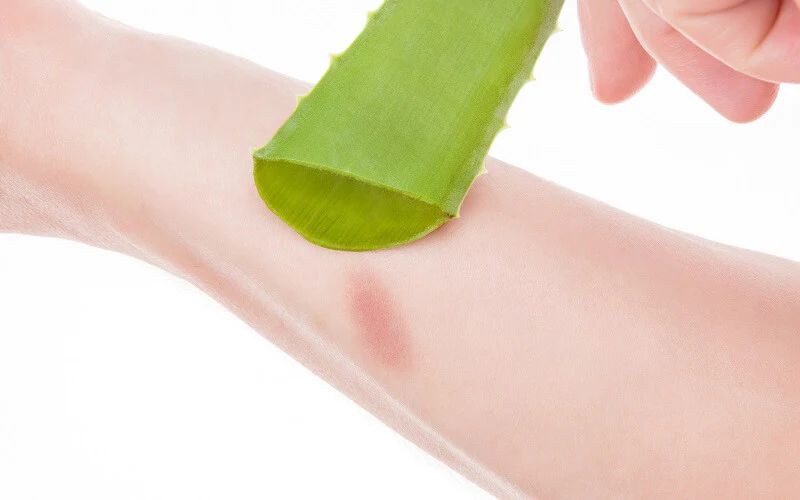
Over-the-counter pain medication like ibuprofen or acetaminophen can provide pain relief as the burn heals. Seek medical attention if pain is severe. Keep the burn moisturized and covered with a sterile bandage or gauze while it heals. This protects against infection and prevents reinjury.
When to Seek Medical Attention
Severe burns always warrant immediate medical care. According to HealthOneCares, you should go to the emergency room or call 911 if you experience:
- Burns that cover more than 20% of the body
- Burns to the airway or lungs
- Full thickness (third-degree) burns
- Electrical burns
- Chemical burns
- Burns with severe pain that over-the-counter medication doesn’t relieve
You should also seek emergency care for any burn on your face, hands, feet, genitals or over a major joint, as these can cause serious scarring and disability without proper treatment. Pay close attention to burn blisters, as these can sometimes indicate a more severe second or third-degree burn below the skin’s surface. Popping blisters is not recommended, as this further damages skin and increases infection risk.
For milder burns, you may be able to receive treatment at an urgent care or walk-in clinic instead of the ER. However, it’s best to have a doctor assess the severity of the burn as soon as possible after injury.
Preventing Accidents and Injuries
To prevent candle-related accidents and injuries, it’s important to take proper safety precautions. According to the National Candle Association (https://candles.org/fire-safety-candles/), you should always burn candles in sturdy holders placed on a stable, heat-resistant surface. The holder should be made of a non-flammable material and large enough to collect dripping wax.
One of the biggest risks with candles is leaving them unattended. According to Jenkins Restorations (https://jenkinsrestorations.com/candle-safety-tips/), you should never leave a lit candle by itself, even if you think you’ll only be gone for a minute. It’s best to extinguish candles before leaving a room.
Unattended candles put you at risk of the flame igniting nearby objects, being knocked over by kids or pets, or burning down completely which can start a fire. Stay in the same room with candles when lit, and keep them out of reach of children and pets.
Alternative Safe Methods
While using your fingers to extinguish a candle may seem convenient, there are safer alternative methods that reduce the risk of injury. Here are some recommended options:
A candle snuffer is a handheld device designed specifically for putting out candle flames. It consists of a small metal cup on the end of a handle. When placed over the flame, it deprives the flame of oxygen and extinguishes it. Candle snuffers can be purchased inexpensively at many stores that sell candles and home goods.
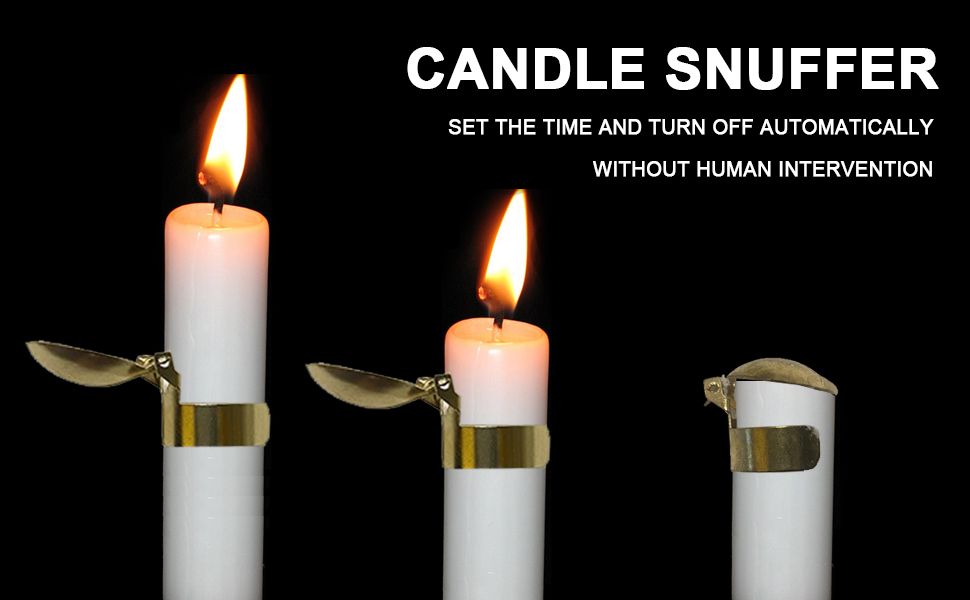
Wetting your fingers before pinching the wick can help prevent burns. The water helps absorb and dissipate heat. Be sure to fully wet your fingertips and pinch the wick quickly (Source).
For very tall or elaborate candles, a fire extinguisher may be the safest option, though this will create a mess. Aim the extinguisher at the base of the flame and avoid the hot wax. The blast of compressed gas or foam will swiftly put out the fire (Source).
Rather than taking risks, utilize purpose-made accessories and tools designed to safely extinguish candle flames without requiring direct finger contact.
Making an Informed Decision
When deciding whether to put out a candle with your fingers, it’s important to weigh the risks versus the benefits for your specific situation. The main risk is potential burns or injury to your fingers and hands. The likelihood of burns depends on factors like flame size, burn time, and skin sensitivity. According to WikiHow, quickly grabbing the wick can put out a candle flame safely, but you may still feel momentary warmth on your fingertips. Prolonged contact risks more serious burns.
You should avoid using your fingers if you have sensitive skin, mobility issues, or slow reaction times that make quick contact difficult. Children should also not attempt this method. If you do choose to use your fingers, take safety precautions like trimming the wick and wetting your fingers first according to Reddit users. Also prepare for the possibility of burns by having a first aid kit on hand.
The main benefit is convenience and speed if other methods like candle snuffers or lids are unavailable. However, safer alternative techniques like blowing out, pinching the wick, or using a wet towel could provide many of the same benefits without injury risks. Carefully consider whether the small gain in convenience outweighs the potential dangers. Make an informed decision based on your individual situation and risk tolerance. With proper precautions, it may be safe for some people in certain circumstances.

